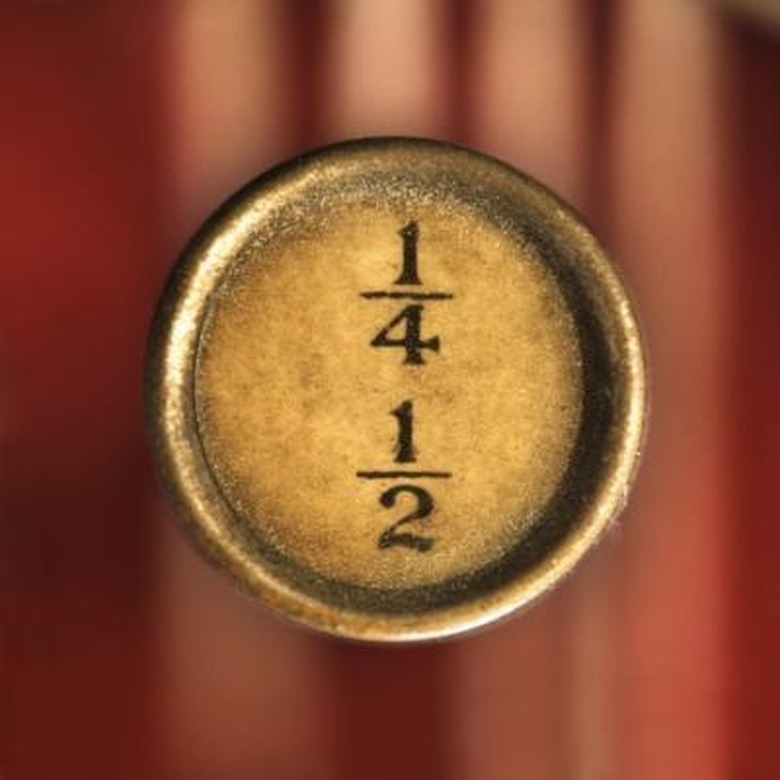How To Turn The Remainder Into Fractions
When doing long division problems, you may have a remainder or a number left over when you have completed the last subtraction. The remainder easily turns into a fraction as long as you put each number in the correct place. Remainders occur when your dividend, or the number that you are dividing into, does not divide an even number of times by the divisor, or the number you are dividing by. The remainder will always be less than your divisor.
Step 1
Compare the number left over with your divisor, or the number on the left side of the division bar. If the number is not less than the divisor, check your division to make sure you have divided correctly.
Step 2
Place the remainder as the numerator, or the top number, in your fraction.
Step 3
Place the divisor on the bottom of the fraction, or the denominator.
Step 4
Check your answer by multiplying the quotient, or answer, by the divisor and then add the remainder. The number should be equal to the original dividend, the number inside the division bar.
Cite This Article
MLA
Dawn, Melody. "How To Turn The Remainder Into Fractions" sciencing.com, https://www.sciencing.com/turn-remainder-fractions-8560532/. 24 April 2017.
APA
Dawn, Melody. (2017, April 24). How To Turn The Remainder Into Fractions. sciencing.com. Retrieved from https://www.sciencing.com/turn-remainder-fractions-8560532/
Chicago
Dawn, Melody. How To Turn The Remainder Into Fractions last modified March 24, 2022. https://www.sciencing.com/turn-remainder-fractions-8560532/
